Industrial Design
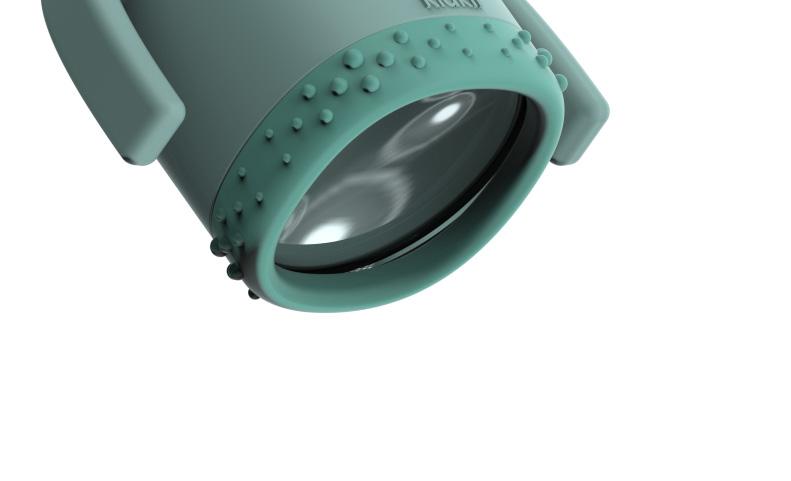
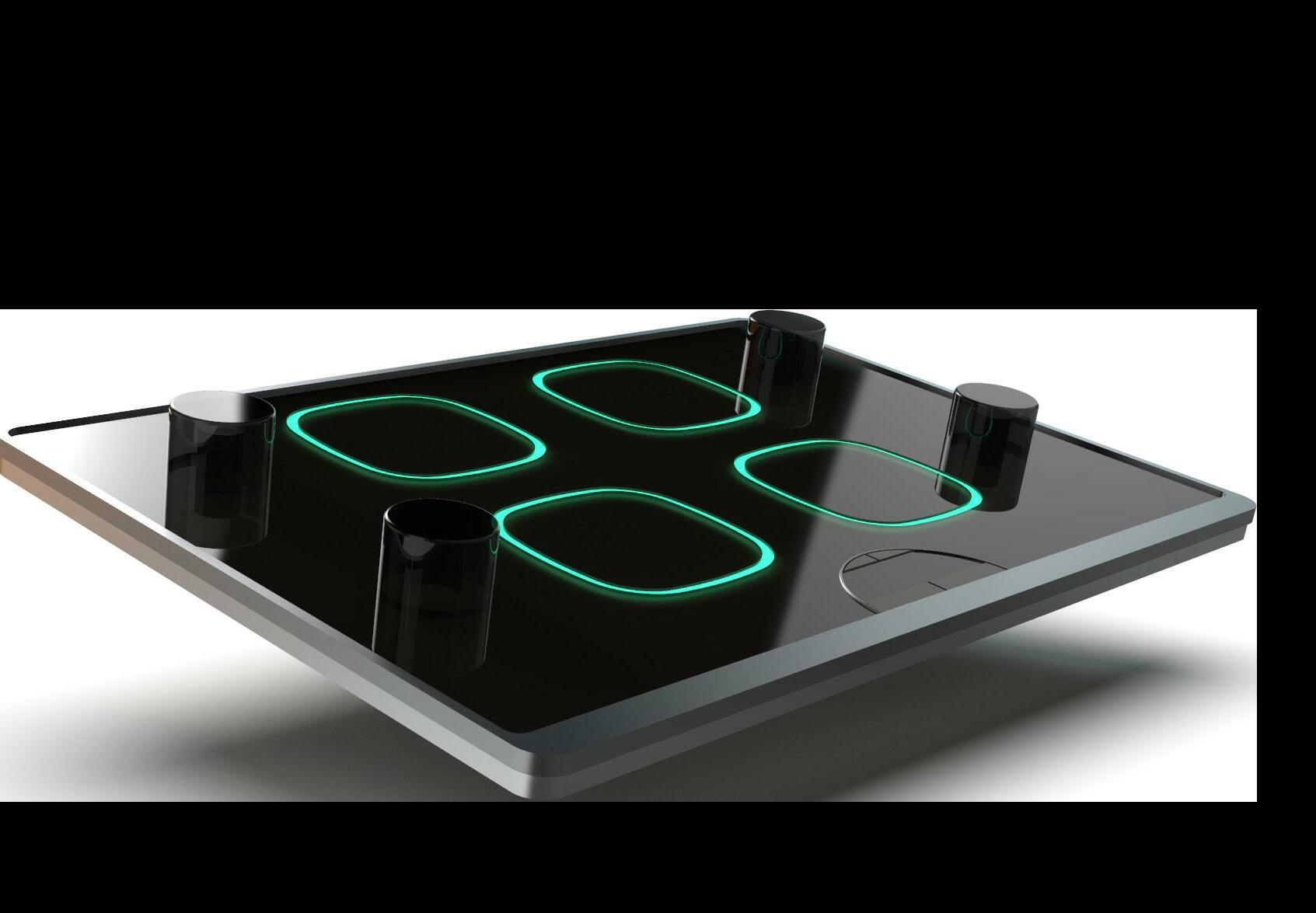
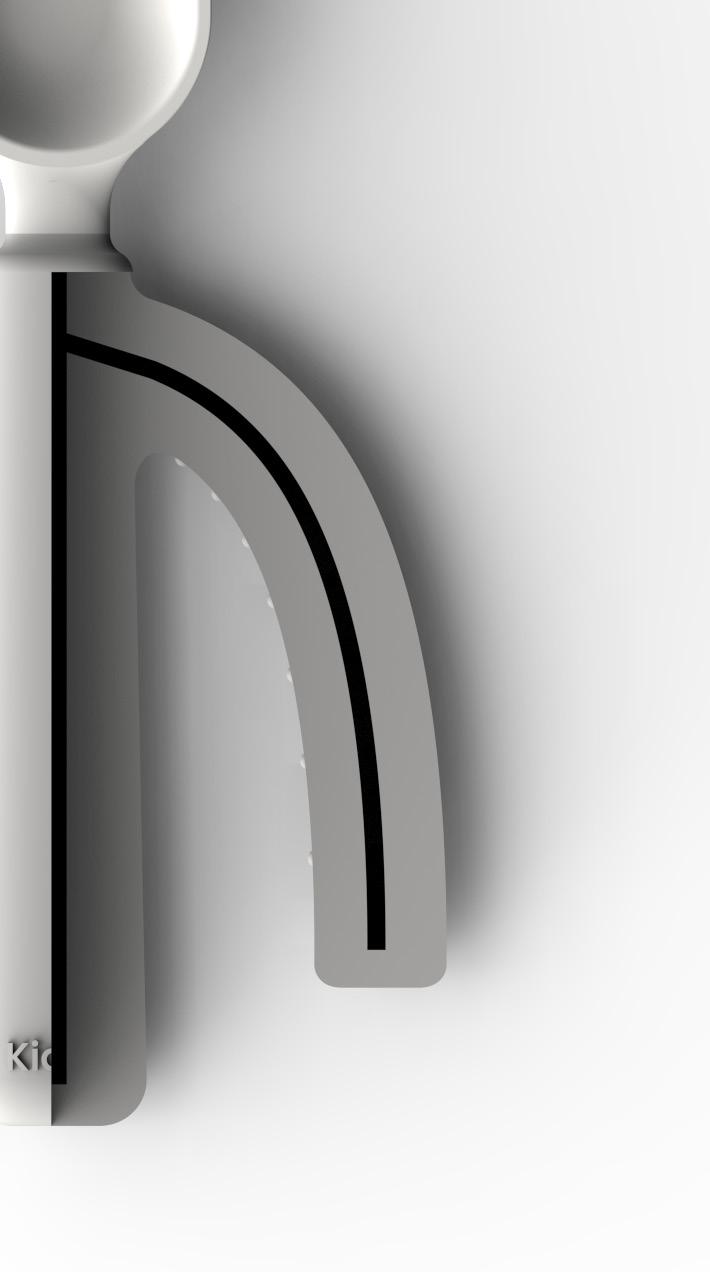
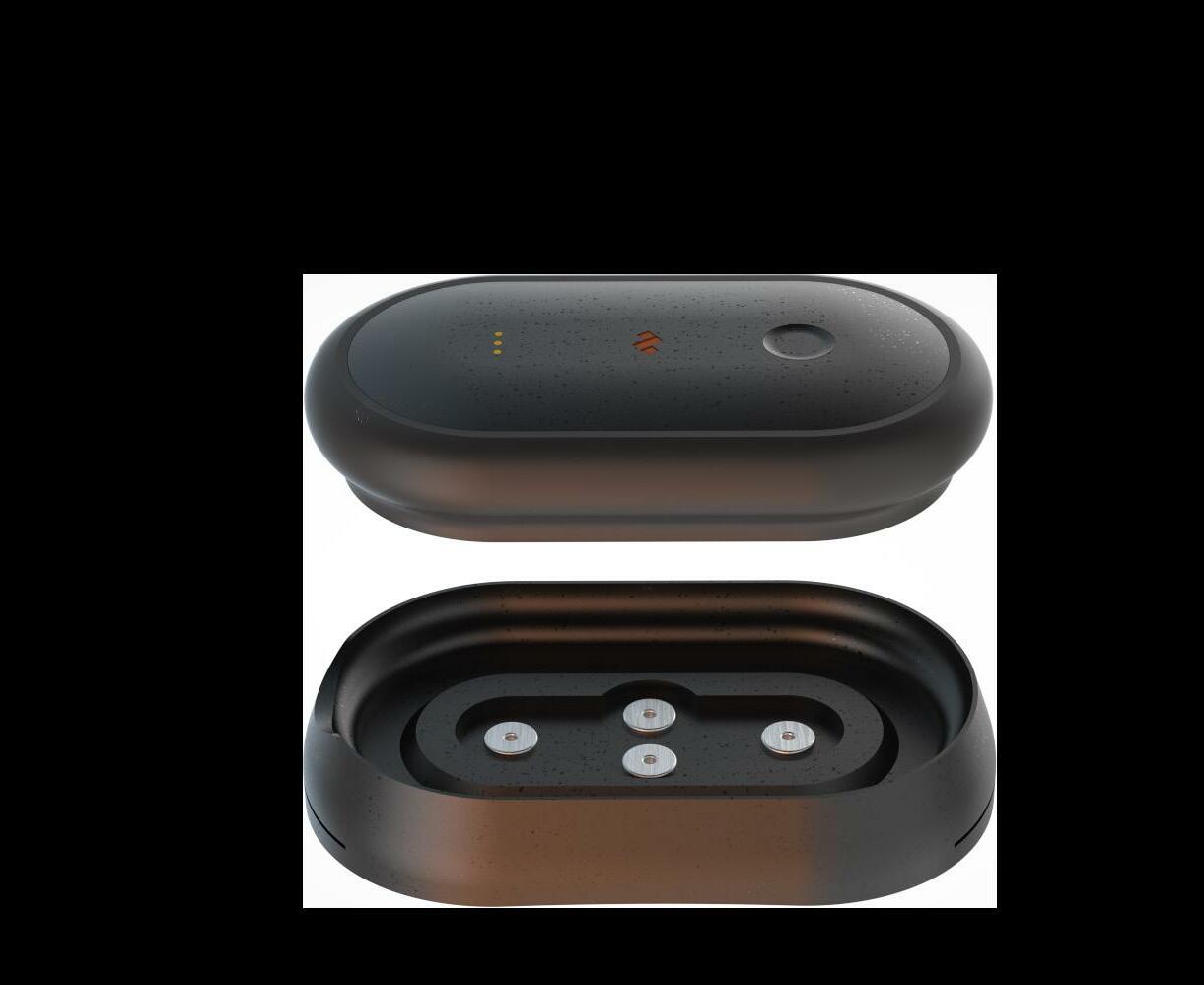
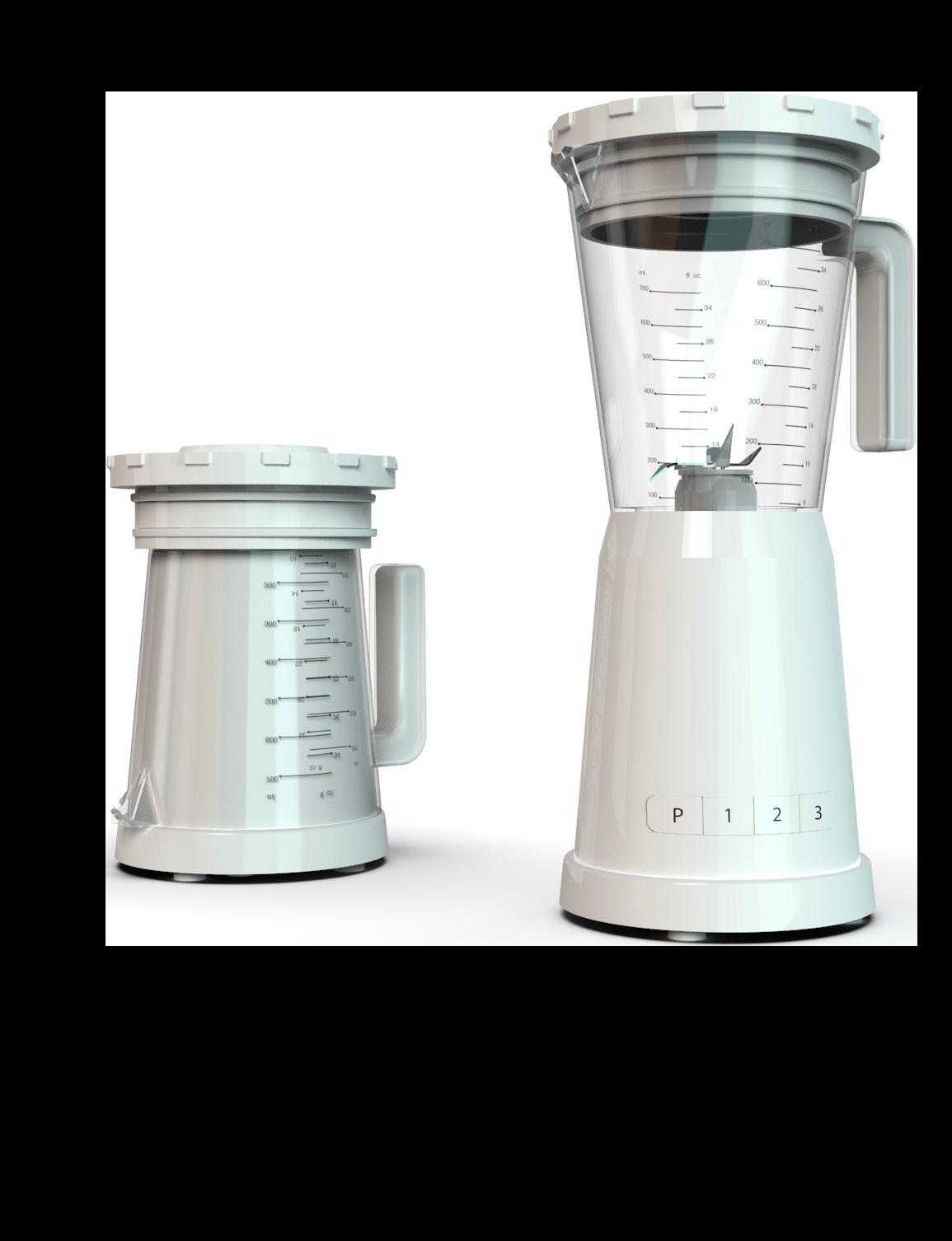










“The secret is learning how to handle life’s imperfections.”
- Oscar Farinetti ; (Entrepreneur and founder of Eataly)
I am a curious fresh graduate industrial designer, eager to look at thinks from a new perspective. I have a problem-solving attidude, I enjoy working in a team, being also capable of working independently to tasks with a great sense of responsibility and attention to details.
I love communicating my ideas through commpelling graphic, 3D models, renderings and free hand sketches.
Feel free to contact me at:

martinogardenghidk@gmail.com
+45 52785238


Martino Gardenghi
Martino_Industrial_Design
2020 - 2022
Master in Design for Play, Industrial Design
Design Skolen Kolding
Kolding Denmark
2016 - 2019
Bachelor in industrial Design
Politecnico di Milano
Milano, Italy
2010 - 2015
Artistic High School
Liceo Artistico P. Candiani
Busto Arsizio, Varese, Italy
Feb 2022-
Jul 2022
Industrial Designer
Jensen Global Ltd
Aalborg, Denmark
Nov 2020
Attraction Designer - University project
Kongernes Jelling Museum
Jelling, Vejle, Denmark
Feb 2020-
Jul 2020
Mechanical Designer - Internship
Step Up Solution
Copenaghen, Denmark
May 2018
Industrial Designer - Internship
Rancilio Group
Copenaghen, Denmark
Adobe (Indesign, Photoshop, Illustrator, Premiere Pro, Procreate)
3D Softwares
(AutoCAD, Rhinocheros7, Fusion360, Blender, Solidworks, Keyshot)
Others
Drawing (Manual & Digital), Teamplayer, Detail Oriented, Communication
Italian (Native)
English (Fluent)
Danish (Basic)
Having a methodology that allows me to have clear where I am within the process phase is essential. I use a double diamond diagram to represent the phases of the project.

To understand users , challenge hypotheses , r edefne problems and create innovative solutions to prototypes and test, I break down the process through the Design Thinking methodology . This method allows me to have a unifed vision of the project allowing the analysis of solutions to problems .

Viking Attraction

Pag 09-18
Cutlery set

Pag 19-32
Rotels Wheelchair
Pag 33-40

Pag 57-64





Kongernes Jelling Museum
We were challenged to design a new museum experience in the context of Kongernes Jelling Museum, which innovates the museum experience by involving people while learning about vikings and creates suggestives scenographies that transports visitors back in time.
In Team with:
Fanny Timian Riismøller
Sara Plavan
Project Theme

Viking - Attraction - Museum


To design a new museum experience to attract more visitors in Kongernes Jelling Museum. It creates suggestives scenographies that transports visitors back in time.
Measure of the dimensions of the
2,87 m
3,12 m
• Type : Display ship, not a

• Build in larch on
• Minimum crew
• Maximum persons
• Number of oarsmen : max. 14,
• Hight of mast
• Sail area:
• Overall length
The focus is on a real Viking boat that the museum has, because is something with a big potential that it’s not using yet.


• Weight : 3,5tons
• Width: 3,12
• Depth: 0,6 meters
• Building :
the boat.
Analyzis on what exist on the market to take inspiration, confront, and fnd a gap space to design in order to improve the museum experience.

m
a replica of a specific find. on oak, sawed wood
crew : 5 persons
persons : 26 persons

14, can be rowed by 5-6 oarsmen.
mast : 9,7 meters

area: 36 m2
length : 15 meters

+ 1,5 tons. ballast
3,12 meters
meters without rudder
To get more ideas it was created a cardboard boat prototype with which it was let the child play.

Playing is a universal method to learn , through play children and adults explore, discover and learn about the world they live in.

Associating a roleplay interactive game with an history lesson makes a fun and optimized educational activity that the children will remember about , because while learning, they associate the historical information with emotions , building a stronger memory link.




The most important feature is that it has to be immersive . Through the sketches it was tried to understand the orientation and how the structure could be better used to be enveloping and immersive and how it could be projected on it. We thought of an immersive atmosphere by creating a whole sea and sailing envoirment by using retro-projected images on textiles, a movment system to allow the movment symulation of the boat, water effect, wind effectand sound effects.



• Wooden structure that acts as a frame for the frame of the rear projection structure.

• Entrances and exits and some special effects such as ventilation at the top.

• The structure was designed to be dismantled and reassembled and also suitable for people with disabilities.

 Motors with support platform for oscillation and movement simulation
Elevator for people with disabilities.
Fan for wind simulation
Loudspeakers
Stairs for access to the boat
Wooden base with the projectors inside.
Viking ship
Rear projectable coverage textile
Aluminum structure that supports the projection coverage.
Motors with support platform for oscillation and movement simulation
Elevator for people with disabilities.
Fan for wind simulation
Loudspeakers
Stairs for access to the boat
Wooden base with the projectors inside.
Viking ship
Rear projectable coverage textile
Aluminum structure that supports the projection coverage.
The experience includes the boat in motion with a tour guid e to start and to make sure the attraction is safe.
When there isn’t a guided tour programmed, the experience becomes an installation that exploits the boat in a static way. Users will still be able to visit and get on the boat. On the projection screen, navigation scenes and silhouettes of Vikings who perform navigation actions using the shape of the boat that will be seen in transparency will be projected.

However, the sound of the sea will be present with the addition of the voices of the Vikings talking to each other about actions to be carried out in order to navigate.
This static installation will still allow children users to immerse themselves, learn and understand the habits and customs of the Vikings on boats and inspire roleplay.
CGI Software: Keyshot
3D Software: Solidworks

Jensen Copenhagen ltd

During the last year of my master’s degree I was employed at ‘Jensen Copenhagen ltd’ as industrial designer, among which I was responsible for the children’s band ‘Kidkii’. Over standard projects, I conducted research through play design methodologies to create a concept for a set for eating. The research was done for investigative purposes and to provide new input and knowledge to the company.
Project Theme

Children Centered Design


“How might we design a product for children’s everyday life that is coherent with the Nordic identity of Kidkii and at the same time involves and stimulates the child by adding playfulness, without decreasing the product functionality?”







• An analysis of the users was carried out helped by the marketing department with which we defned the end users of our product and the characteristics from the design point of view that the products had to satisfy.
Colours
Nordic dusty colours

Shapes



The main challenge of this project seems to be the union of the parent’s expectations with the children’s .
From a strategic point of view, it’s important to design something that parents are willing to buy. This means that the design areas that need to be considered are aesthetics, functionality, and developmental characteristics for the kid.
Design Area
Aesthetics
Functionality
Colours
Developmental characteristics

• Dishwasher safe
• Microwave resistant
• Resistant to shocks and falls
• Sold individually or in set
• No swallowable parts


Retail Price for single Item: 25-30$









To try to increase children’s sense of exploration during mealtimes we have included a magnifying glass at the bottom of the cup.










A silicone texture is placed on the bottom of the cup as an affordance to entice the child to discover a part of an object that changes its signifer as an object. From a drinking tool, to a tool for observing details and discovering things.















For the spoon, the intervention was ergonomic on the shape of the handle. The goal is to create greater interaction with the instrument through exploration .




The handle is made of textured malleable silicone with a malleable metal skeleton covered in plastic material inside. The two arms of the spoon can also be shaped and adapted to give a better grip or to p rovide more ways for the child to interact with the tool .






The dish has been designed with internal dispensers that act as a puzzle that can be taken apart and put back together in different shapes.








On the bottom there are magnets that allow the plate to stay in place while on the move. Affordance textures are placed along the edges and the bottom of the plate features the design with the correct puzzle combination.








Section Analysis
Compartment

Magnets for Compartments
Section Analysis
Main Body


The colors chosen by the company applied to the products:





































































I used the playful blueprint as a tool to guide me in the process while generating the concepts, and also later in the process, to analyze and better understand the relationship between the meal set and playfulness.


CGI Software: Keyshot
3D Software: Solidworks

Wheelchair designed for ‘Free Wheelchair Mission’


I worked on the project through in-depth research regarding the shortcomings of medical equipment and systems in relation to physical handicap, especially in the poor part of the world where the disadvantage of mobility does not have adequate social support for individual needs.
Sustainability & Design for Healt and Social




Fundamental in the development part of the project was the research carried out on competitors, technologies and concepts that exist with regard to mobility aids. Above all in terms of materials and processing technologies, important progress is being made with regard to lightness and portability . The problem is the economic one : normally the price for a super-light titanium wheelchair ranges between 1500$ and 4000$. The organization I designed for makes 3 wheelchairs with max price of $ 90 each .




So far, the association has produced three generations of devices that differ in structure and durability, all with various problems (excessive weight, bulk, unsuitable for uneven terrain and inadequate for autonomous user movements)
• Starting from here, I designed a chair with characteristics of lightness , resistance , ability to travel on rough terrain, simplicity of repair and maintenance and autonomy in use .

I analyzed the market to categorize and understand which solutions were currently on the market and which even just as a concept. The objective was to observe the innovative technologies of the competitors and understand how to include them in the project .

Lightness
The assembled fra than 10kg for an weight of 14kg with accessories.
Thanks to the quick release of the wheels, it is possible to get on public transport and minimize the encumbrance on board. The backrest allows the shoulders to work freely.


The pieces from which it is composed are of standard sizes and easily replaceable. Everything arrives boxed and can be assembled in less than an hour with only the help of two allen screws
Lightness
rame weighs less estimated total with wheels and accessories.

The frame is both welded and held together by steel joints which allow excellent structural stability, the wheels have a camber of 2 degrees to ensure stability on different terrains

After defning the components we defned the materials and the assembly. We have concentrated on the use of standard pieces which are also easily available from other widespread industrial products.
Thanks to the joints it is possible to raise and lower the footrest platform and it is possible to adjustthe height and inclination of the seat throughthe suspension.


The Rotels wheelchair is a cushioned chair that wants to differentiate itself from the previous ones thanks to the cushioning system and extreme adaptability to individual needs . This project wants to be an inspiration for other projects. The innovations of high-end products repurposed to make the lives of unfortunate people better.


CGI Software: Keyshot
3D Software: Solidworks

Portfolio

2022
PL4Y-H08
Interactive Kitchen Hob
Project Theme
Play - Interaction - Affordance


This project wants to i nvestigate the role of play in the interaction of an object of daily life.
as an interesting product because it is the kitchen product with which I encountered so many





Through targeted interviews I was able to fnd that it wasn’t just my problem but a widespread problem, due to the different models and technologies that exist inside the cookers. The greatest risks were related to gas models. While as regards the problems with the interfaces, the induction models were the ones that suffered the most . On the latter I decided to carry out the intervention.

To focus the user’s attention on the hob and on what is currently happening on the hob, I decided to introduce a color system to associate them with temperatures . The LED system also serves as a warning for the timer or to remotely understand which burners are on and which are not.



The stove does not have buttons
The user pressing on one of the activate the spring system by extracting light up yellow together with the The device will go into operation directions, the color of the led inside
buttons to turn it on.
four transparent buttons will extracting the cylinder which will the position light of the plate . operation by turning the knob in both inside will change color.

The materials and the assembly have been chosen by observing the choices of the competitors and adapting them to our product , also foreseeing possible improper use of the product or the resistance to liquid spills or repeated washing by corrosive chemical agents.
LED Frame
Glass-ceramic plate
Insulating protection layer
Position LED
Cooling fan for coil
PCB for control

Lower body in painted steel

Portfolio

The result obtained is an interesting concept that contains some affordances of use that I would like to see more integrated in future products. These specifc product features can also be explored and implemented to create products for specifc user niches . (elderly people, autistic people, adhd ....)


CGI Software: Keyshot
3D Software: Solidworks

Step Up Soution - Mechanical Design Internship

The project consists in helping the start-up to develop its product from a mechanical and user experience point of view. During this internship I was supported by two engineers who helped me in the various design phases.
Disclaimer: The internal components of the product, the research and some features are still under development and I am not allowed to include them in the portfolio.
Project Theme
Hardware - User Experience - Ergonomics


The company has currently developed a prototype inspired by the body bend for runners currently on the market. My task was to develop the prototype in such a way that it contained and performed all the necessary functions from a mechanical and usability point of view .


The engineers were studying a charging base for the device so that it could be charged using a wireless charger.
During the frst interventions I dedicated myself to developing the existing ideas in such a way that they were more functional , with an aesthetic that refects the brand, and ergonomic .
• In black the old prototypes, in orange the new solution for wireless charging cases.




Following the frst tasks I focused my attention on user research and animal welfare (the research is confdential). I tried to understand what the user journey could be and in what circumstances the product was used. I also did some analyzes to understand what efforts and stresses the device was subjected to during use.



Having obtained the necessary information, I developed two proposals. One consistent with the needs of the engineers that was faithful to the original prototype (1) . While the second protoype (2) uses the same technologies as the frst prototype but has i mprovements in terms of hooking, recharging and waterproofng . Also important is the work done internally in the device to insert additional optional sensors present only for the premium range of the device.






In the fnal concept of my proposal, I designed the upper interface with the On/ Off/ Pairing button and a system with 3 LEDs to indicate the status of the batteries and whether they were recharging.




I have received great feedback from the company. The project is still in the early stages of development I’m sure that the contribution I gave to the project was a nice boost for the investors in the company who were able to better understand the concept also from an industrial product point of view.

CGI Software: Keyshot
3D Software: Solidworks

Redesign Blender Kenwood model A160
University project.
The project consists in the re-design of an existing kitchen object on the market. Following an analysis, understand in which aspects the product can be improved and the benefits due to the change in design.
In Team with:

Elena Fagnani
Moira Legnani
Project Theme
Redesign & Aesthetic


We were given a Kenwood kitchen blender model ‘A160’.






The frst phase of research was fundamental because through personas we were able to identify the product target , the economic range , and through brainstorming we analyzed the possibilities of our intervention.
The best way to acquire information about the product is to physically test it and through a user journey analysis to find the area in which there is a design gap .
We have noticed, following interviews, that in Italy the people who did not have a blender in their kitchen was more than 70% due to space to store it . In fact, the size of kitchen utensils when not in use is a discriminating factor during the purchase phase.

“We disassembled the object and measured the components to enclose them in a smaller cover ”

Through drawing we have identifed possible solutions on how the size of the object could be reduced without altering the shape of the object but changing the ergonomics during a phase of its use cycle.
-The goal is to be able to modify the body of the product without distorting its functions, maintaining the recognizable aesthetics of the brand and adding affordances to encourage correct use of the product-.


Later in the delivery phase we defned the characteristics in terms of materials and the closing mechanism of the object. From the point of view of materials, we changed the plastic of the body by choosing modern polymers and we decided to change the PVC of the glass with ‘Pyrex glass’ to make it easier to wash and increase its longevity.












A collection of some personal projects, university projects and work projects.











In Team with:
Nicola Pelamatti
Fabio Natale









